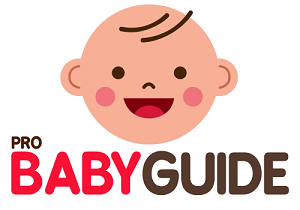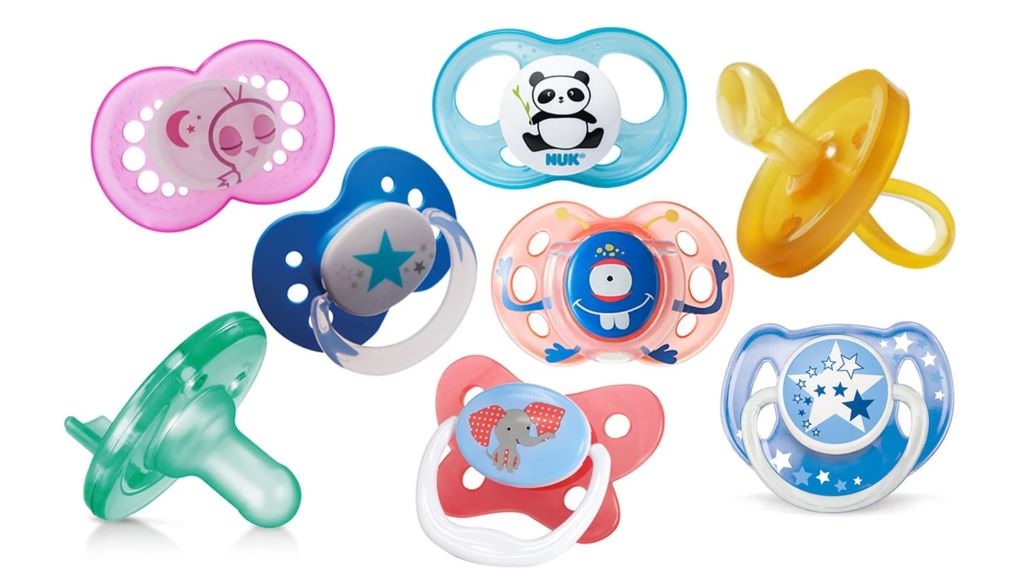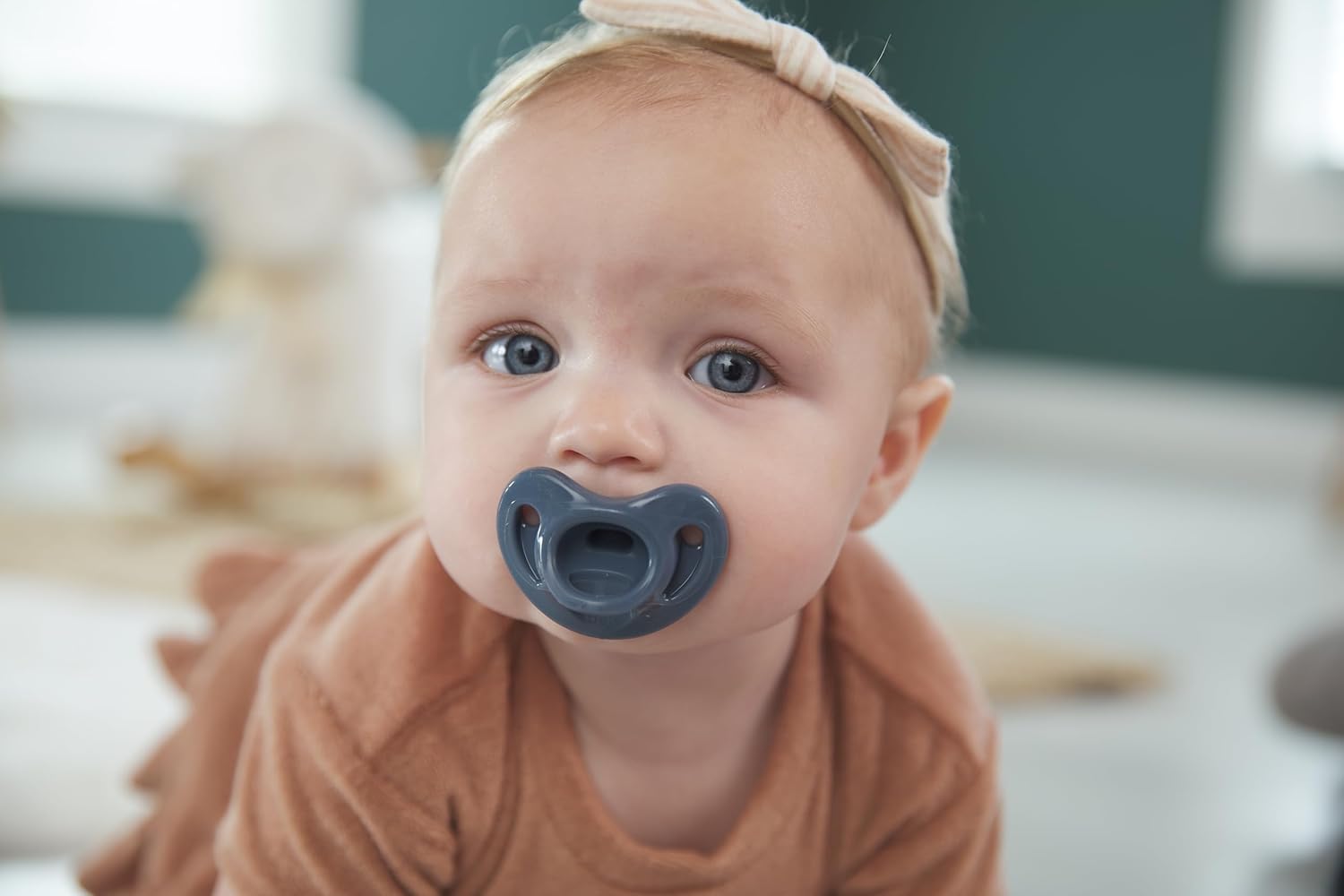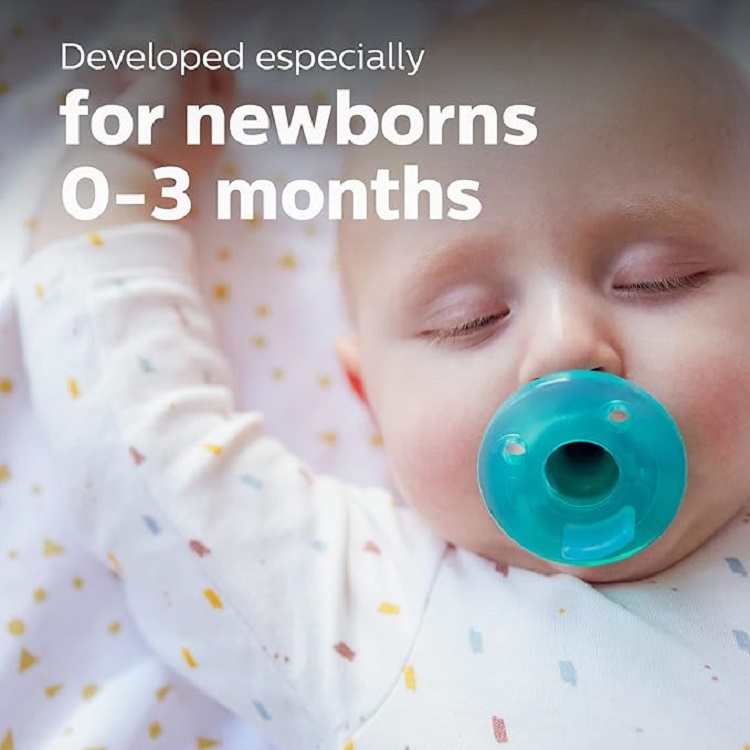Pacifiers can be a lifesaver for both babies and parents, providing comfort, soothing fussiness, and even reducing the risk of Sudden Infant Death Syndrome (SIDS). However, with so many options available, selecting the right pacifier can feel overwhelming. This comprehensive checklist will guide you through the essential factors to consider when choosing a silicone pacifier, ensuring your little one’s safety, comfort, and oral development.
1. Material: Silicone vs. Latex
The first decision you’ll face is choosing between silicone and latex pacifiers. Both have their advantages and disadvantages:
- Silicone: Durable, odorless, and tasteless. It is also hypoallergenic and less likely to cause allergies. However, it can be firmer than latex, which some babies may not prefer.
- Latex: Softer and more flexible than silicone, which can be more appealing to some babies. However, it is less durable, can develop an odor or taste over time, and may cause allergies in some individuals.
For most babies, silicone is a safe and reliable choice due to its durability and hypoallergenic properties.
2. Nipple Shape: Orthodontic vs. Round
Pacifier nipples come in various shapes, the most common being orthodontic and round.
- Orthodontic: Designed to mimic the natural shape of a mother’s nipple during breastfeeding. They are typically flatter on the bottom and rounded on top, which may help promote proper oral development and reduce the risk of dental problems.
- Round: A classic shape that resembles a bottle nipple. They are generally easier for babies to accept, but may not be as beneficial for oral development as orthodontic pacifiers.
The best nipple shape for your baby depends on their individual preferences and needs. If you’re unsure, consult with your pediatrician for guidance.
3. Size: Age and Development
Pacifiers come in different sizes to accommodate babies of different ages and developmental stages. It’s crucial to choose the right size to ensure a proper fit and prevent choking hazards. Most pacifiers are labeled with the recommended age range, so be sure to select one that is appropriate for your baby’s age.
4. One-Piece Construction: Safety First
Always opt for a pacifier with a one-piece construction. This means that the nipple and shield are molded together as a single unit, eliminating the risk of small parts coming loose and posing a choking hazard.
5. Ventilation Holes: Breathability
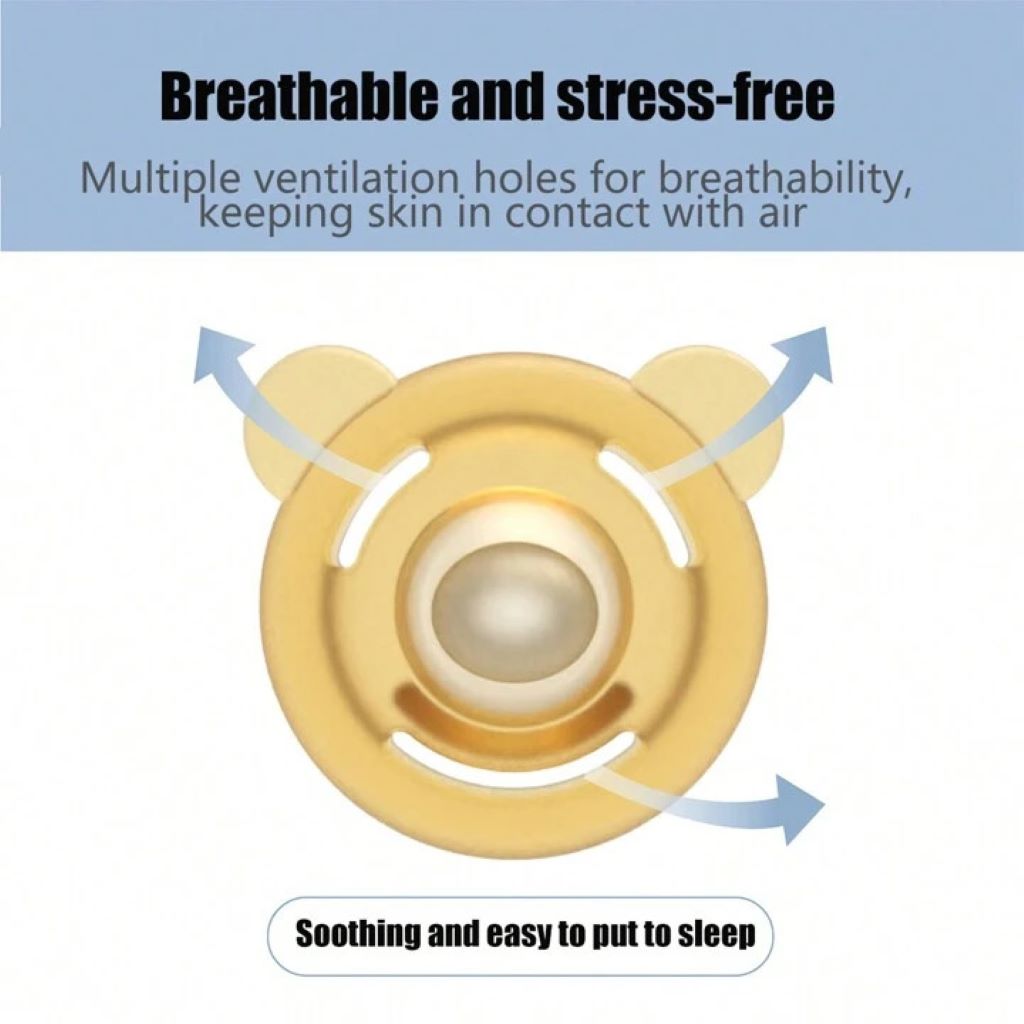
Look for a pacifier with ventilation holes in the shield. These holes allow air to circulate, preventing moisture buildup and reducing the risk of skin irritation around your baby’s mouth.
6. Easy to Clean: Hygiene Matters
Pacifiers need to be cleaned regularly to prevent the growth of bacteria. Choose a pacifier that is easy to clean and dishwasher-safe for convenience. Some pacifiers also come with sterilizing cases, which can be helpful for on-the-go sterilization.
7. Durability: Made to Last
Babies can be tough on pacifiers, so choose one made from durable materials that can withstand chewing and biting. Silicone is generally a good choice in this regard, as it is less likely to tear or break compared to latex.
Related: 10 Best Pacifier for Breastfed Baby (3-6months) in 2023
8. Additional Features: Glows in the Dark, Clips, and More
Some pacifiers come with additional features that may be appealing to parents. These include:
- Glows in the Dark: Makes it easier to find the pacifier at night.
- Clips: Attach the pacifier to your baby’s clothing to prevent it from getting lost.
- Teethers: Soothes sore gums during teething.
While these features may not be essential, they can be convenient and add value to your purchase.
9. BPA-Free: Safety Certification
Ensure that the pacifier you choose is BPA-free. BPA (bisphenol A) is a chemical that can be harmful to babies and young children, so it’s important to avoid products that contain it. Look for pacifiers that are certified by reputable organizations such as the Consumer Product Safety Commission (CPSC) or the American Academy of Pediatrics (AAP).
10. Your Baby’s Preference: The Ultimate Test
Ultimately, the best way to determine if a pacifier is right for your baby is to let them try it out. Observe their reaction and see if they accept and find comfort in the pacifier. Remember, every baby is different, so what works for one may not work for another.
By considering these factors and following this comprehensive checklist, you’ll be well-equipped to choose the right silicone pacifier for your little one. Remember, a pacifier can be a valuable tool for soothing and comforting your baby, but it’s important to use it safely and responsibly.
